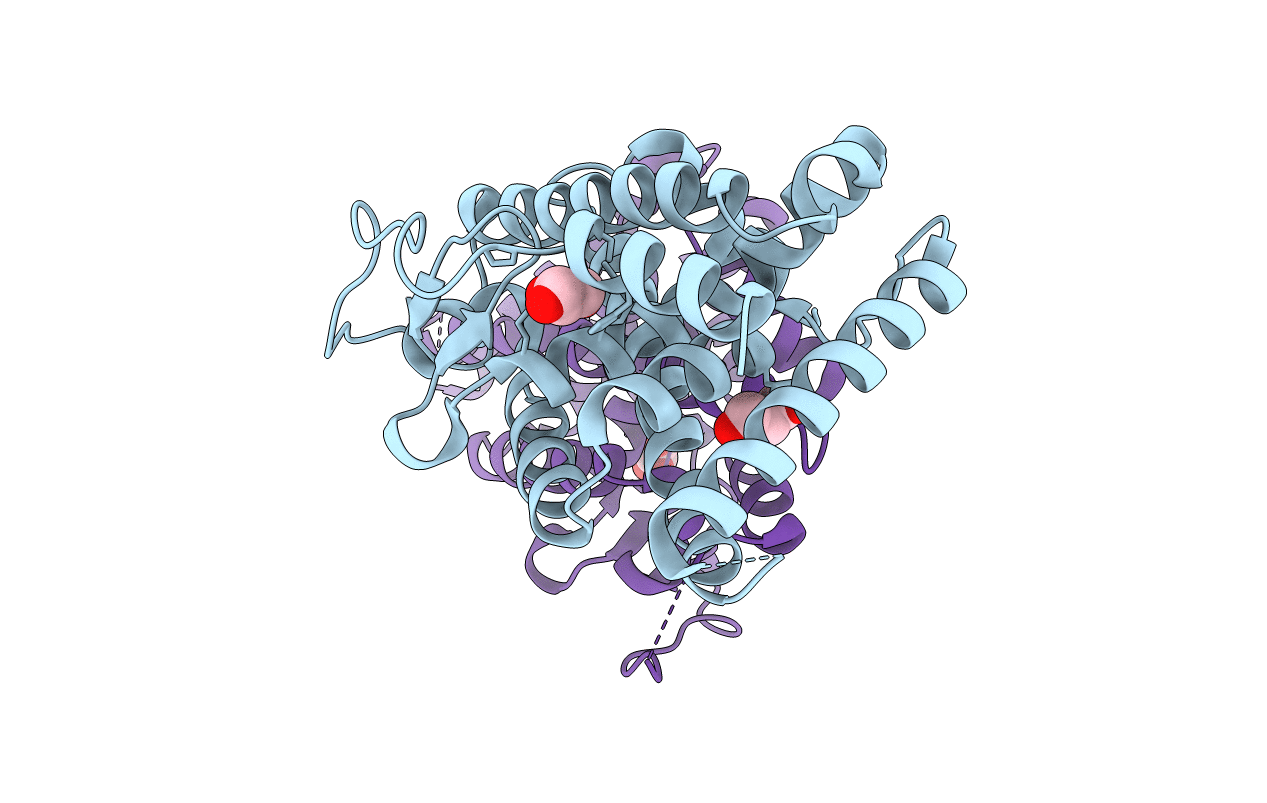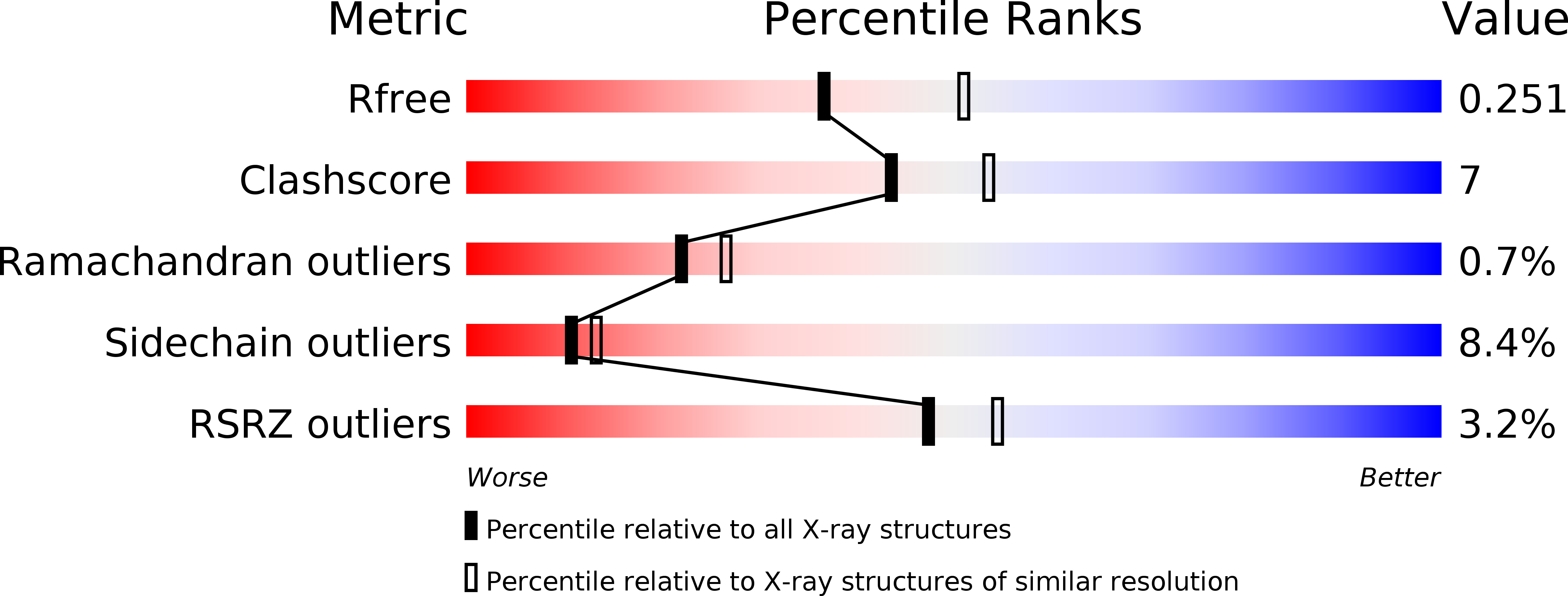
Deposition Date
2013-05-30
Release Date
2013-12-18
Last Version Date
2024-03-20
Method Details:
Experimental Method:
Resolution:
2.30 Å
R-Value Free:
0.24
R-Value Work:
0.19
R-Value Observed:
0.19
Space Group:
P 21 21 21


